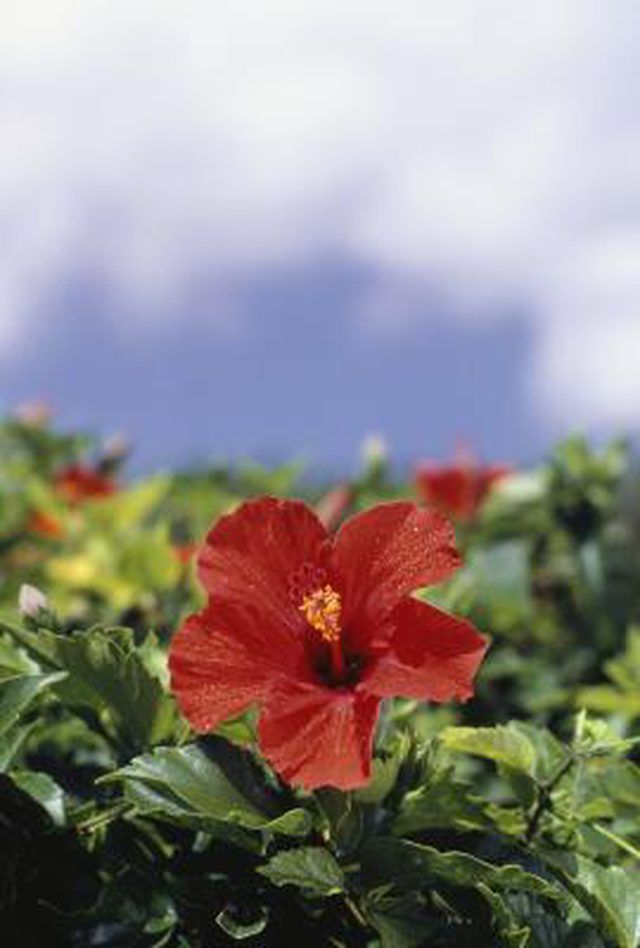Bulbs
Flower Basics
Flower Beds & Specialty Gardens
Flower Garden
Garden Furniture
Garden Gnomes
Garden Seeds
Garden Sheds
Garden Statues
Garden Tools & Supplies
Gardening Basics
Green & Organic
Groundcovers & Vines
Growing Annuals
Growing Basil
Growing Beans
Growing Berries
Growing Blueberries
Growing Cactus
Growing Corn
Growing Cotton
Growing Edibles
Growing Flowers
Growing Garlic
Growing Grapes
Growing Grass
Growing Herbs
Growing Jasmine
Growing Mint
Growing Mushrooms
Orchids
Growing Peanuts
Growing Perennials
Growing Plants
Growing Rosemary
Growing Roses
Growing Strawberries
Growing Sunflowers
Growing Thyme
Growing Tomatoes
Growing Tulips
Growing Vegetables
Herb Basics
Herb Garden
Indoor Growing
Landscaping Basics
Landscaping Patios
Landscaping Plants
Landscaping Shrubs
Landscaping Trees
Landscaping Walks & Pathways
Lawn Basics
Lawn Maintenance
Lawn Mowers
Lawn Ornaments
Lawn Planting
Lawn Tools
Outdoor Growing
Overall Landscape Planning
Pests, Weeds & Problems
Plant Basics
Rock Garden
Rose Garden
Shrubs
Soil
Specialty Gardens
Trees
Vegetable Garden
Yard Maintenance
How to Cure Mildew on Hibiscus
How to Cure Mildew on Hibiscus. Hibiscus is a hardy plant that is affected by few fungal diseases, but a white, powdery substance forming on the leaf surface typically indicates your plant has powdery mildew. This fungal infection doesn’t negatively impact healthy hibiscus plants, but if your plant suffers repeated infections, it can affect...

Hibiscus is a hardy plant that is affected by few fungal diseases, but a white, powdery substance forming on the leaf surface typically indicates your plant has powdery mildew. This fungal infection doesnít negatively impact healthy hibiscus plants, but if your plant suffers repeated infections, it can affect plant vigor and control of the fungus is necessary. Curing powdery mildew is difficult when several plants are infected, but control can be achieved either naturally or with the use of a fungicide.
Things You'll Need
Pruning shears
Copper or sulfur-based fungicide
Natural Treatment
Remove infected leaves, stems and all other infected plant parts on and around your plant. Destroy or throw these away to prevent spores from infecting other plants.
Prune plants to thin them out and allow enough space for adequate air circulation. Pruning should be done before new growth forms. Do not prune hibiscus plants when frost is expected.
Separate plants that are crowded into one bed. If there isnít adequate room, transplant infected plants to another location. Plants that are crowded are more vulnerable to infection.
Avoid fertilizing your hibiscus until all signs of the mildew are gone. Fertilizing encourages new growth, which is more vulnerable to powdery mildew than older growth.
Avoid overhead watering of your plants to keep leaf surfaces dry and to remove the moist environment that powdery mildew needs to survive.
Chemical Treatment
Remove all infected debris on and around your hibiscus and either destroy or throw it away. Do not use infected plant material for compost.
Select a copper or sulfur-based fungicide. Check the label before purchasing to ensure it is safe for use on hibiscus or succulents.
Apply the fungicide to your plant according to the label directions for rates and methods. Fungicide application is most effective if it is applied when symptoms of powdery mildew first appear. When the disease is widespread, or if it is later in the growing season, chemical control is not recommended.
Repeat fungicide application every 7 to 14 days to ensure the fungus is eradicated and to prevent re-infection.
Tips & Warnings
Powdery mildew infects plants during periods of high humidity and will not survive prolonged hot, dry weather. Ensuring proper air circulation helps prevent infection during wet periods.
Do not compost infected material from hibiscus plants. The spores may overwinter in the debris and can re-infect plants when added to the soil later.